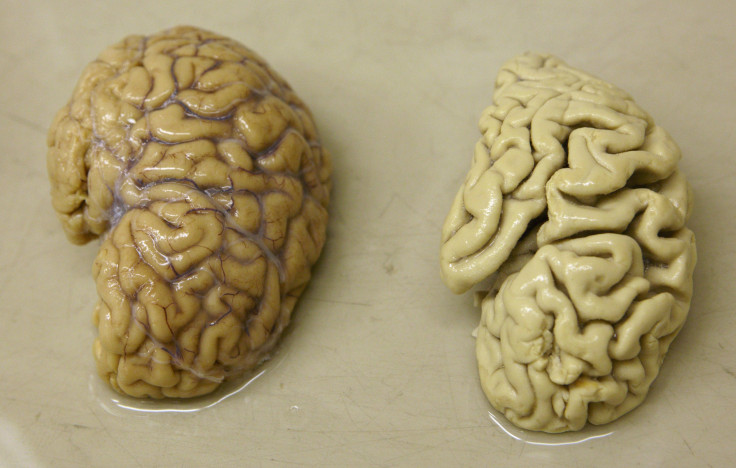Human Evolution: Big Brains In Primates Linked To Diet, Not Sociability, NYU Study Finds

Relative to other mammals, primates, especially humans, have large brains and scientists have proposed various explanations for the phenomenon. A popular and prevalent one is the “social brain hypothesis,” which ascribes the brain size growth to the complexity of social interactions among primates. But research published Monday questions that hypothesis and puts forth its own factor responsible for the big brains in primates: their diet.
Put simply, the social brain hypothesis posits that the pressure to maintain social relations among large, complex groups was the primary factor in the evolution of the large brain in humans. However, studies looking at different aspects of social interactions have thrown up mixed results, prompting some researchers from New York University (NYU) to take a different approach.
Read: Human Skull, Bipedalism Evolved Together
“Are humans and other primates big-brained because of social pressures and the need to think about and track our social relationships, as some have argued? This has come to be the prevailing view, but our findings do not support it—in fact, our research points to other factors, namely diet,” James Higham, an assistant professor of anthropology at NYU and a co-author of the new analysis, said in a statement Monday.

For the study, the researchers examined over 140 primate species — far more than previous such studies — from more recent evolutionary trees and used several measures of sociality, such as sizes of groups, the social system of the species, and mating habits. They also took into account the varying diets of different species, breaking them down into four categories — those who eat leaves (folivores), those who eat fruits (frugivores), those who eat both leaves and fruits, and those that also consume meat (omnivores).
After controlling for body size and their phylogenic place, the researchers found fruit-eating species had significantly larger brains than species that ate only leaves (25 percent more brain tissue, for same body weight), and that the brains of omnivores were larger than those of folivores as well. However, that does not mean different foods were directly responsible for different brain sizes; rather, it was the cognitive effort needed to obtain them.
Read: Human Capacity To Articulate Vowels Can Be Traced To 25 Million Years Ago
Alex DeCasien, a doctoral candidate at the university and lead author of the study, said in the statement: “Fruit is patchier in space and time in the environment, and the consumption of it often involves extraction from difficult-to-reach-places or protective skins. Together, these factors may lead to the need for relatively greater cognitive complexity and flexibility in frugivorous species.”
The study, titled “Primate brain size is predicted by diet but not sociality,” was published in the journal Nature Ecology & Evolution.
© Copyright IBTimes 2024. All rights reserved.





















